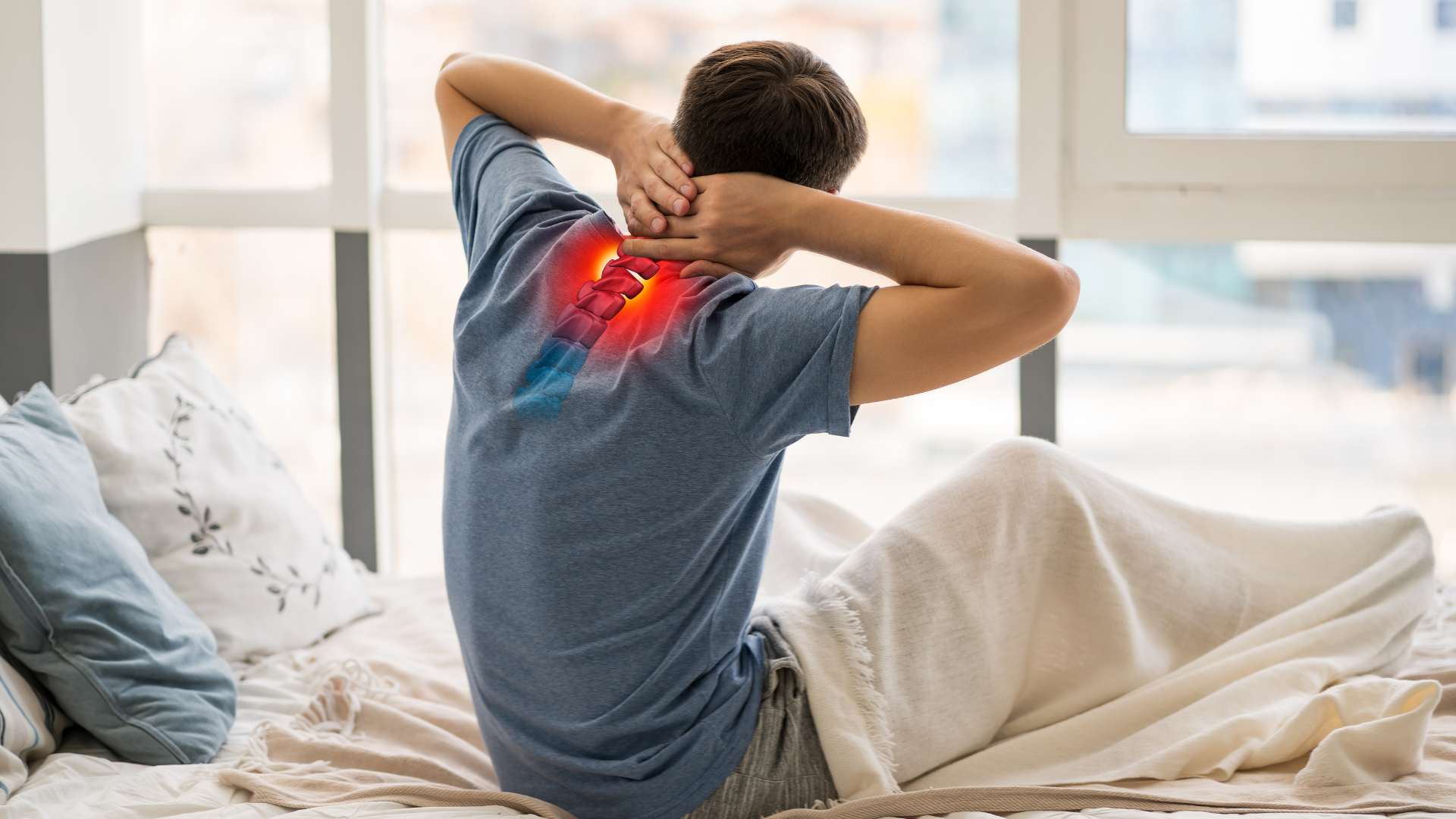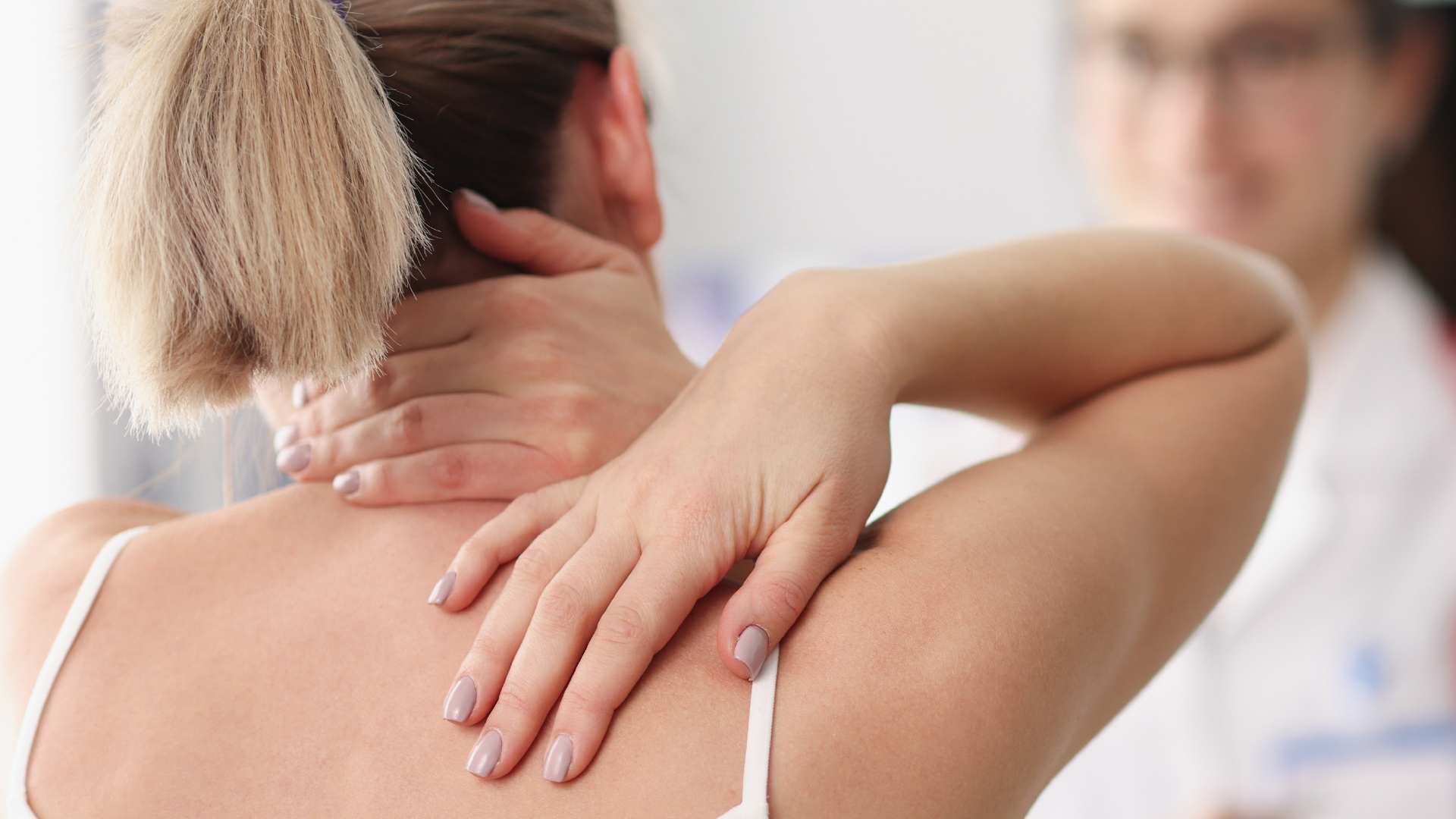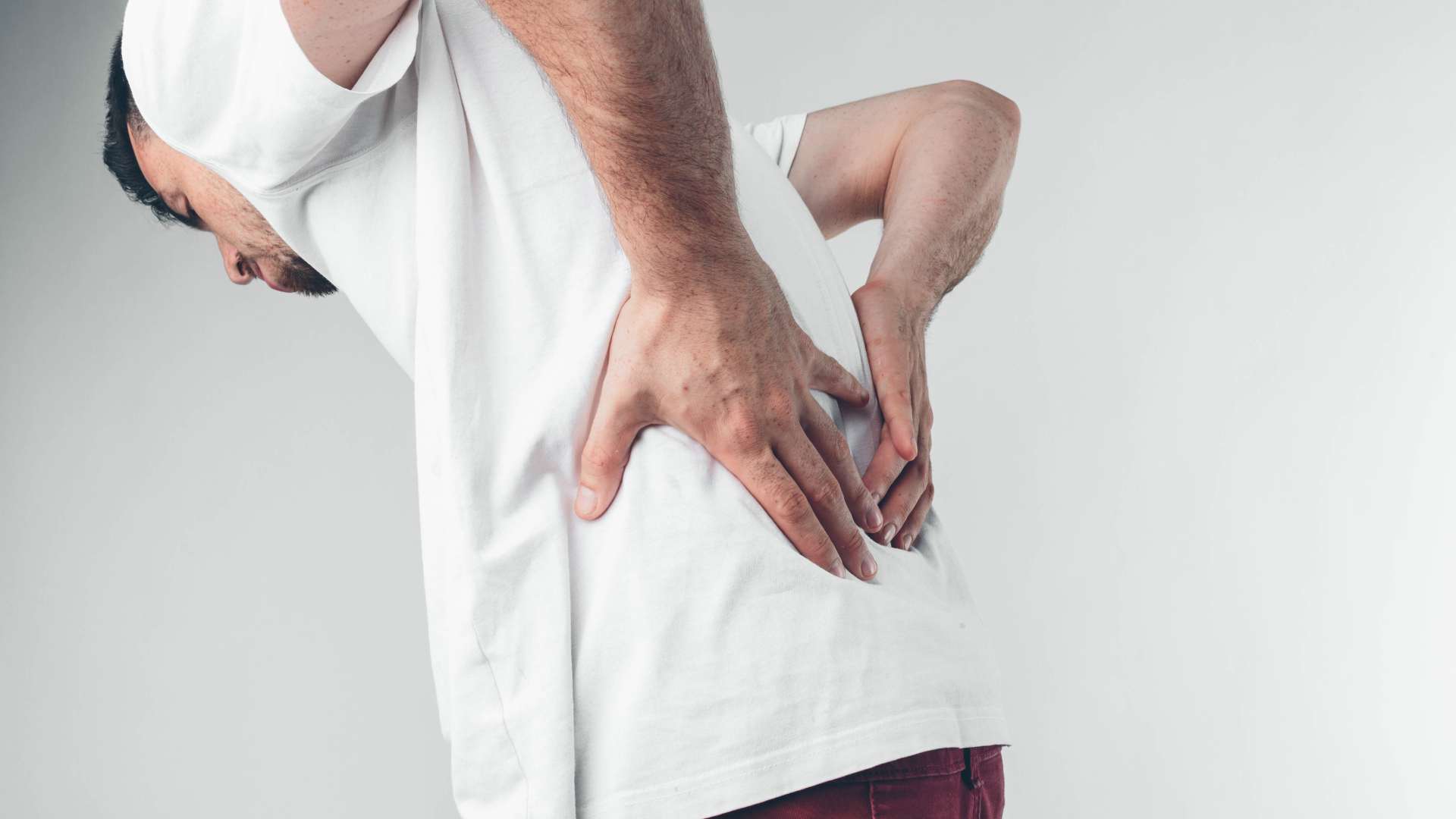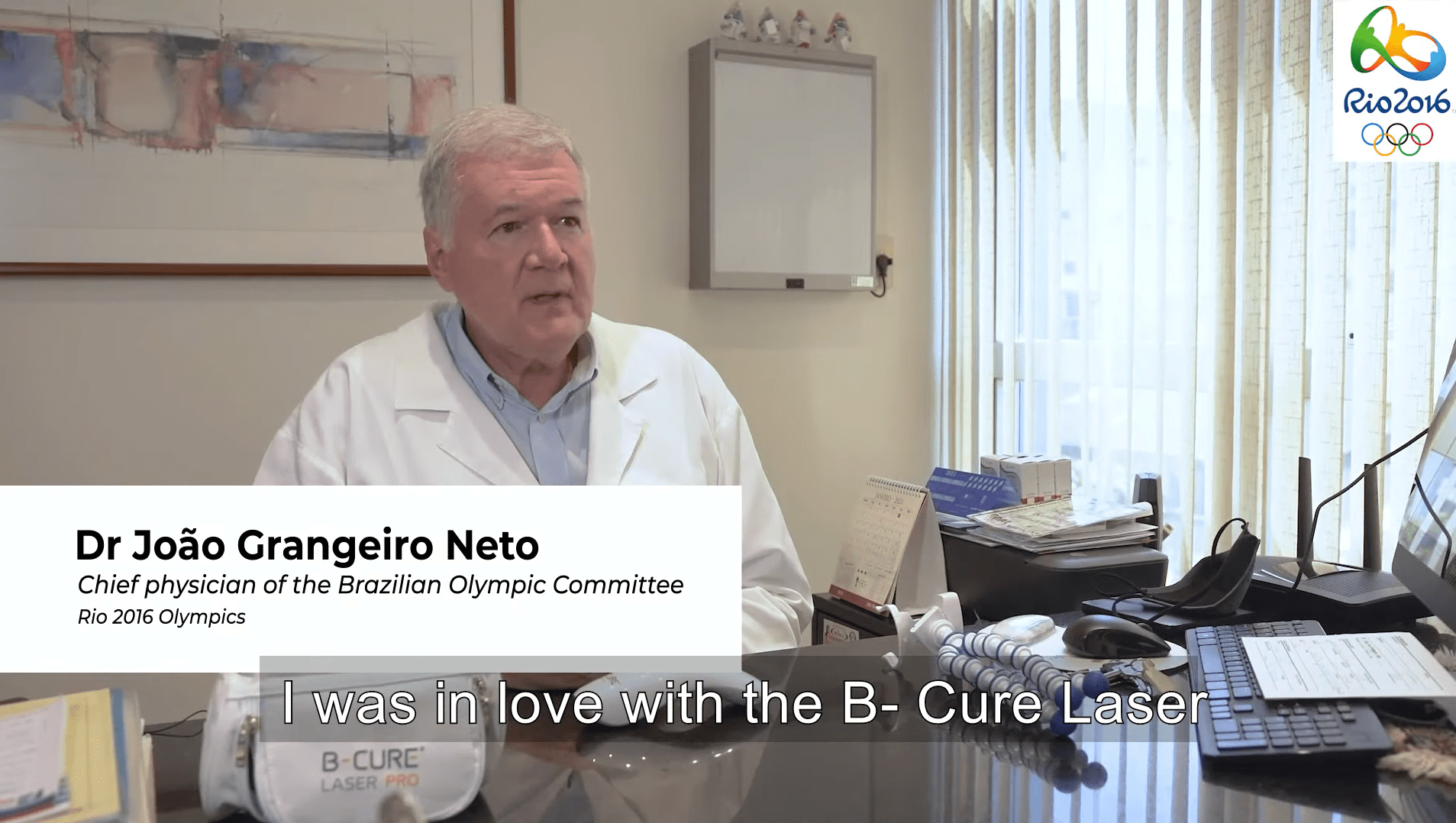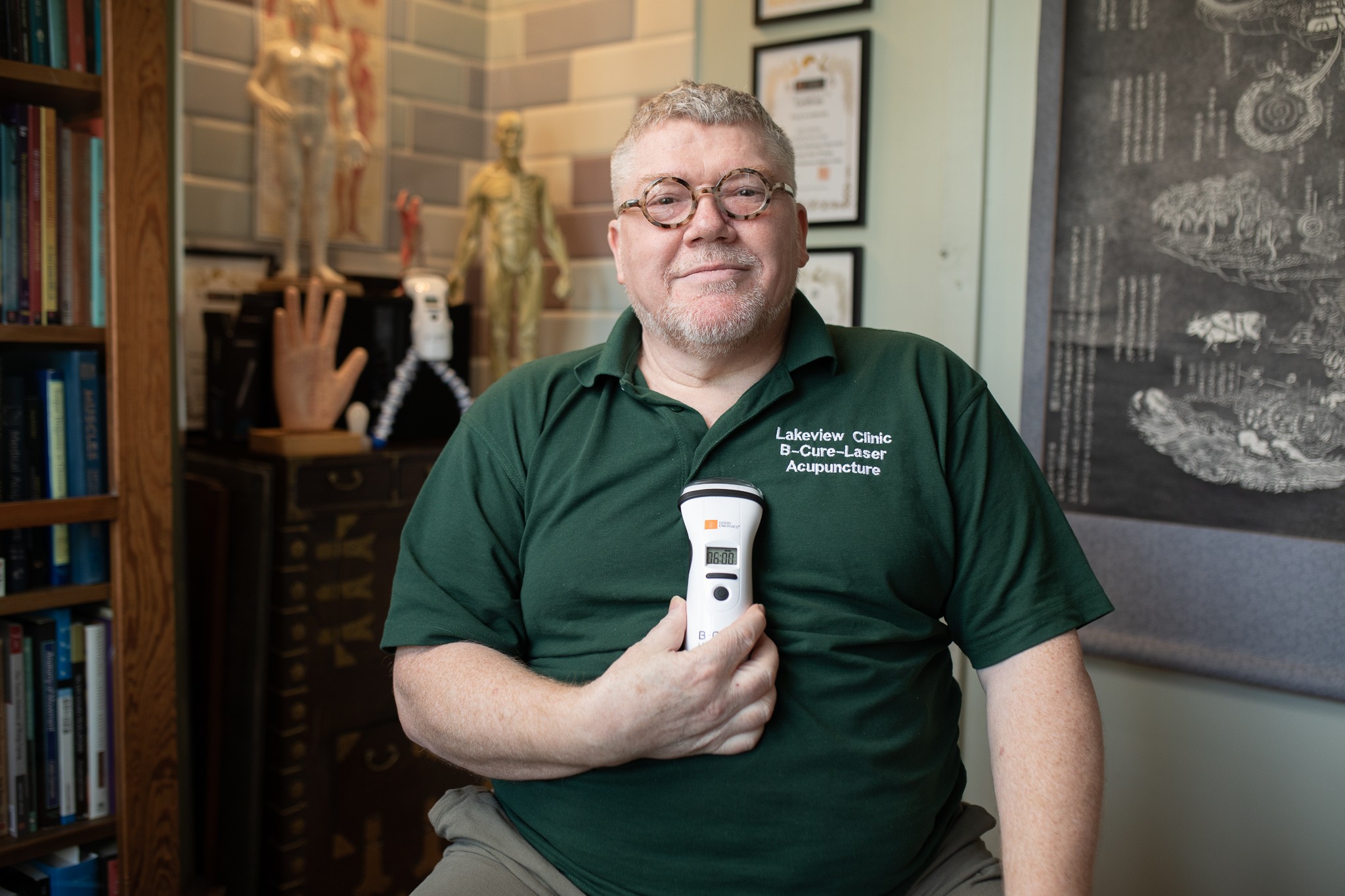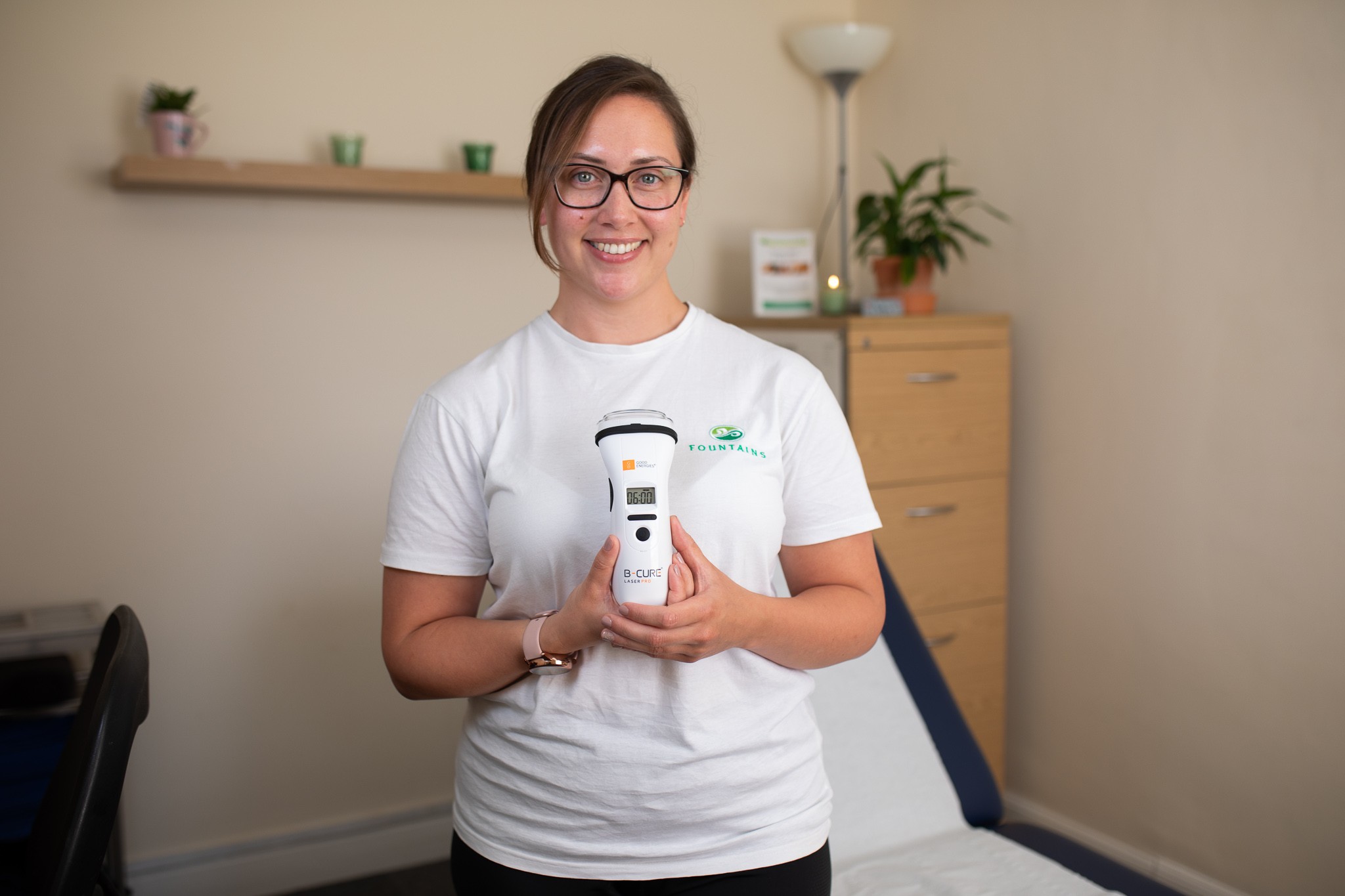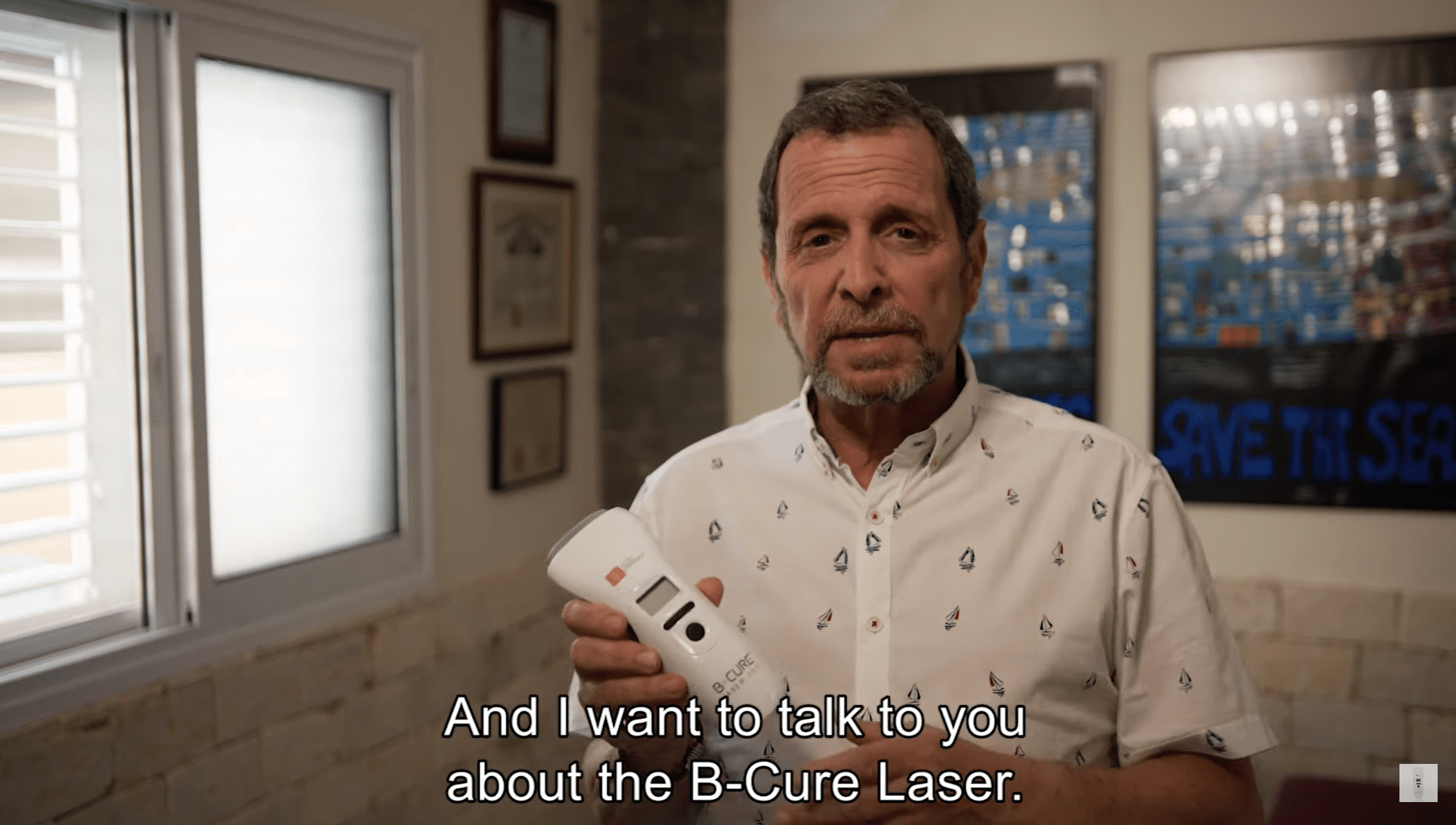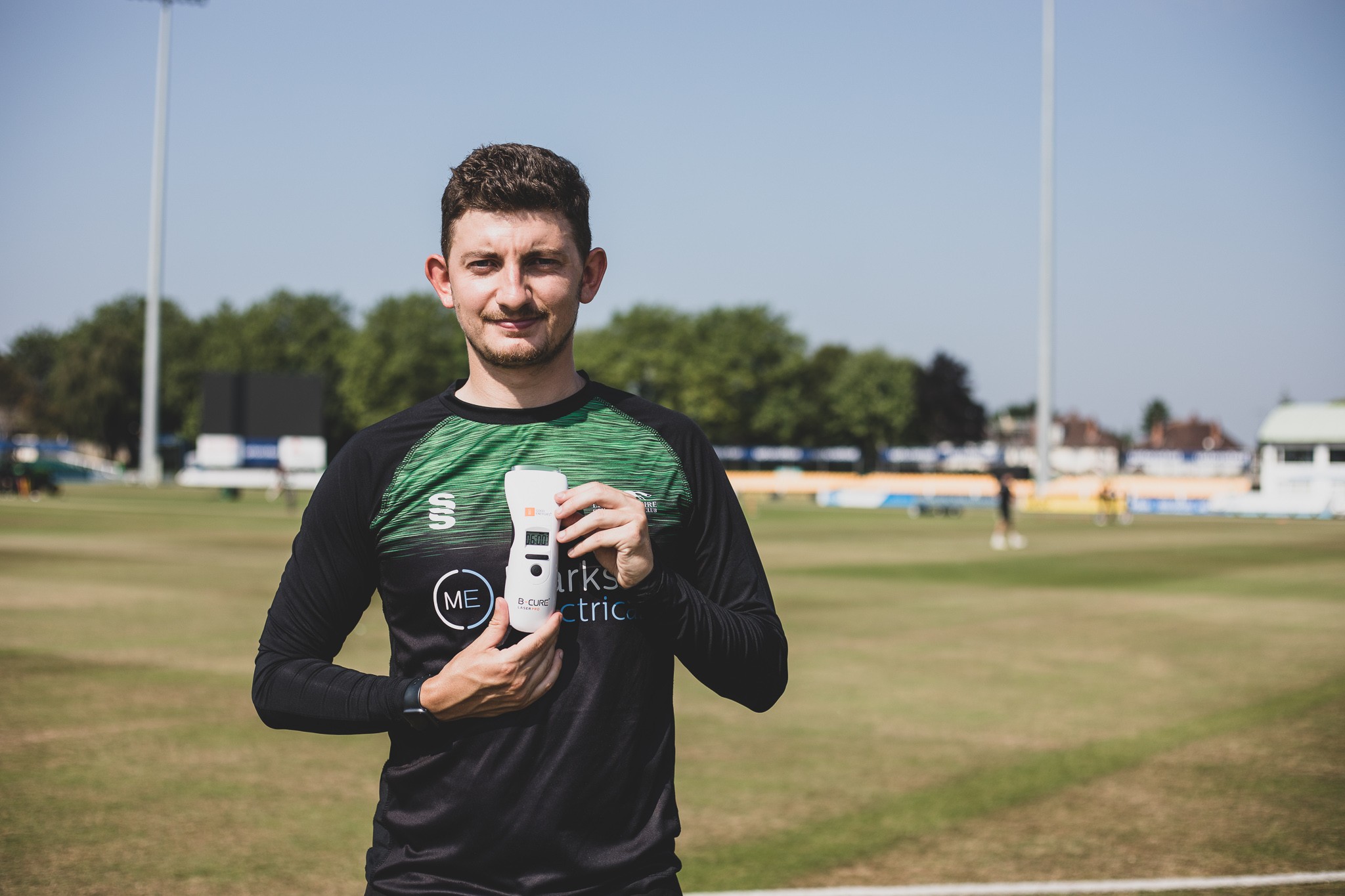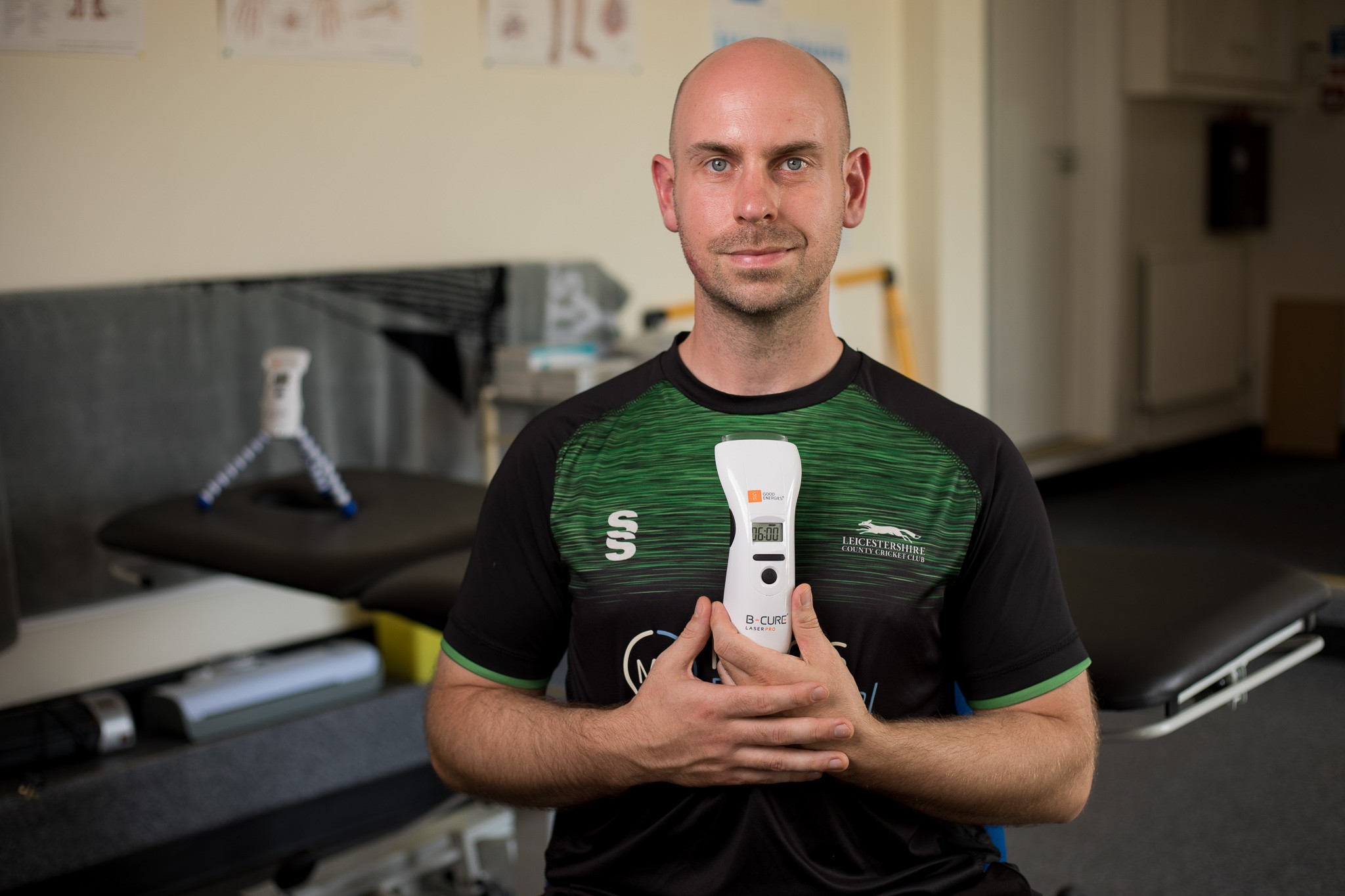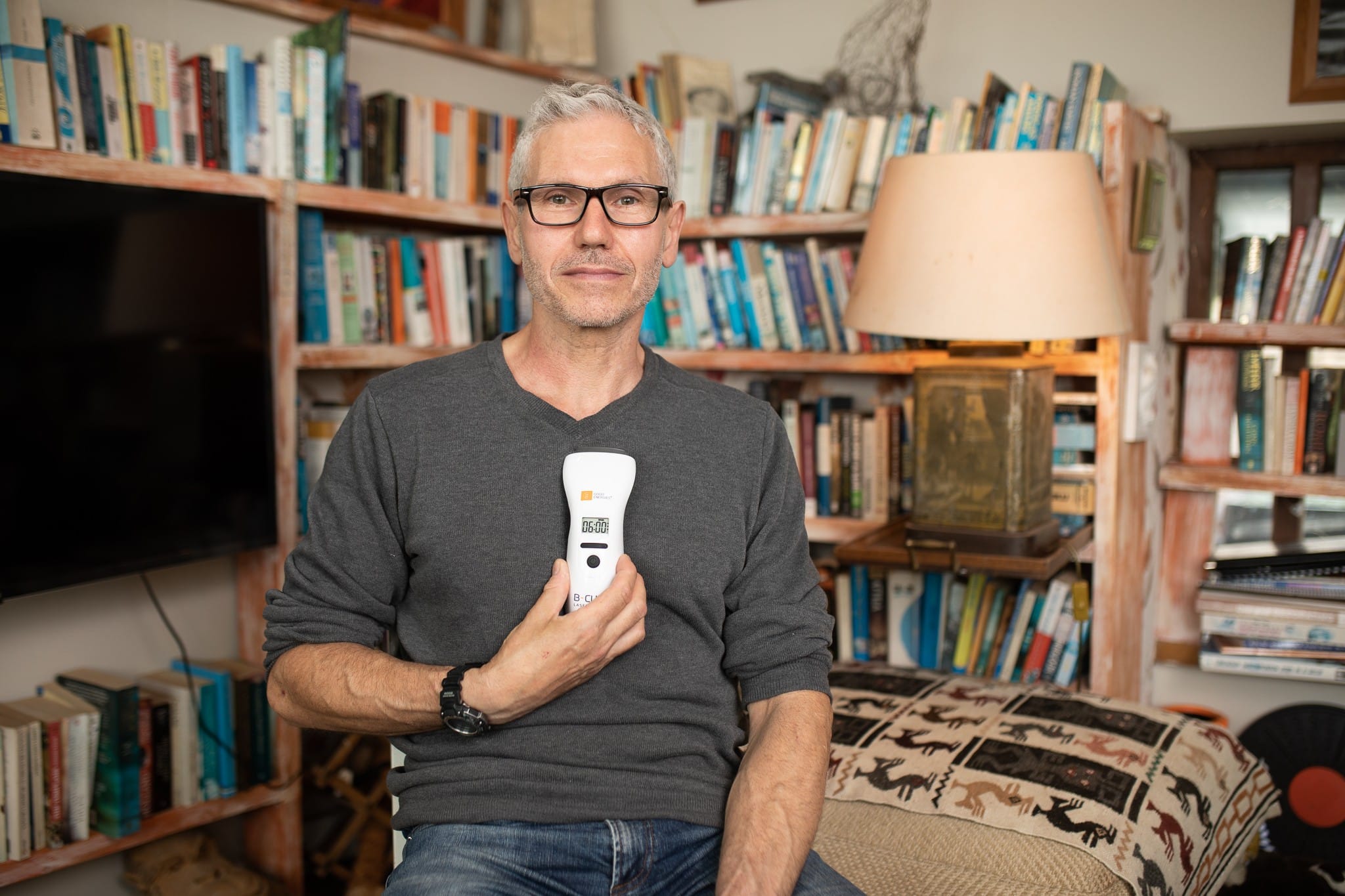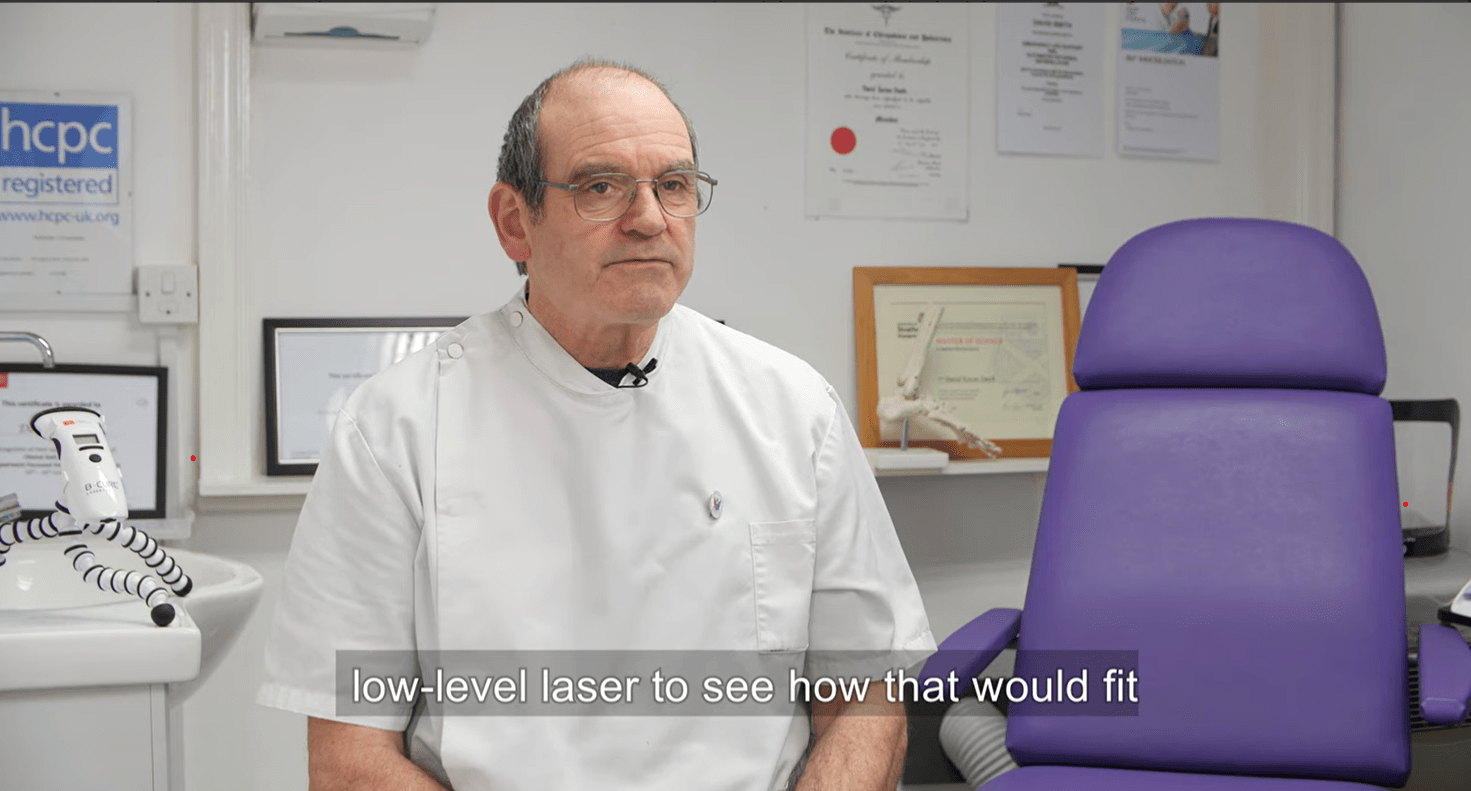Pressure on the median nerve, located in the wrist, causes carpal tunnel syndrome (CTS). The carpal tunnel, a narrow passageway surrounded by bones and ligaments on the palm side of the hand, compresses the median nerve. This compression results in symptoms such as numbness, tingling, and weakness in the hand and arm.
Symptoms of carpal tunnel syndrome
Symptoms of CTS typically begin gradually and may fluctuate. They often worsen at night due to inflammation or pressure that impairs the median nerve’s normal function.
Manifestations of carpal tunnel syndrome are:
- an ache or pain in your palm and thumb or your index and middle fingers
- numb hands
- tingling or pins and needles that can move up to the arm
- a weak thumb or difficulty gripping and holding things
Causes of carpal tunnel syndrome
Often people don’t know what caused their carpal tunnel as it can be difficult to identify the root cause. It can be due to repetitive motions, such as, typing, or any wrist movements that you do over and over. This is especially true of things you do when your hands are lower than your wrists. Additionally, it can be due to medical conditions such as, diabetes, hypothyroidism, rheumatoid arthritis.
You’re more at risk if you are overweight, pregnant, you work or engage of hobbies that cause your wrist to bend or your hand to grip hard, such as using vibrating tools, have another illness, such as arthritis or diabetes, have a parent, brother, or sister with CTS, or have previously injured your wrist. Women are three times more likely than men to experience the condition. This might be because they tend to have smaller carpal tunnels.
Treatments for carpal tunnel
Your treatment depends on your symptoms and on how far the condition has progressed. You might need:
- Lifestyle changes, especially if your CTS is due to repetitive motions.
- Exercises to stretch and strengthen your wrist and hand.
- Medications such as anti-inflammatory or steroids.
- Immobilization to keep your wrist from moving and to lessen pressure on your nerves.
- Surgery, if nothing else has worked.
Phil Tufnell, EX Professional Cricketer | “I would definitely recommend the B-Cure Laser to anyone”
Non-invasive laser treatment for carpal tunnel syndrome
Carpal tunnel syndrome can become highly debilitating, significantly impacting your quality of life. The B-Cure Laser device offers innovative Low-Level Laser Therapy (LLLT) technology to effectively treat carpal tunnel syndrome without drugs. LLLT, also known as cold laser therapy, works through photochemical rather than thermal effects (unlike high-intensity lasers). This means the laser’s power isn’t sufficient to heat tissues but does trigger a cellular response in damaged cells, promoting regeneration and healing. LLLT operates similarly to photosynthesis in plants, where cell absorption of photons from light initiates biochemical changes—a process known as biostimulation. Following laser application, a key cellular response is increased production of Adenosine Triphosphate (ATP), which interacts with various biomolecules to transport energy and restore normal cellular function.
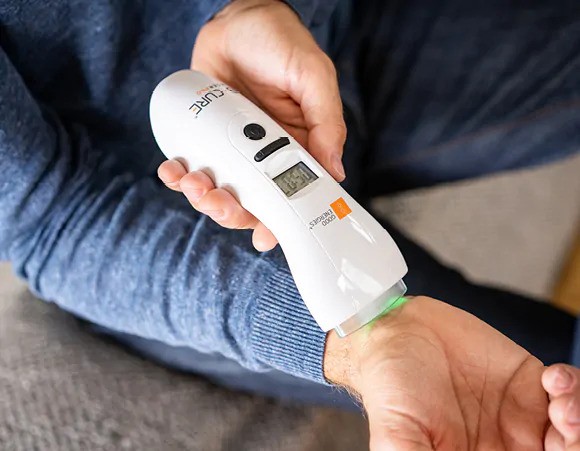
Low-Level Laser Therapy (LLLT) is increasingly popular for managing various medical conditions such as pain, soft tissue injuries, arthritis, and skin traumas. The wavelengths used, proven effective in clinical trials, fall within the red to near-infrared range of the light spectrum (660nm–905nm). The B-Cure Laser operates at 808nm, which is ideal for treating most conditions. The light is applied to the injured or painful site, such as the hand, for a few minutes twice a day. Repeated applications result in reduced inflammation, pain relief, and accelerated tissue regeneration.


